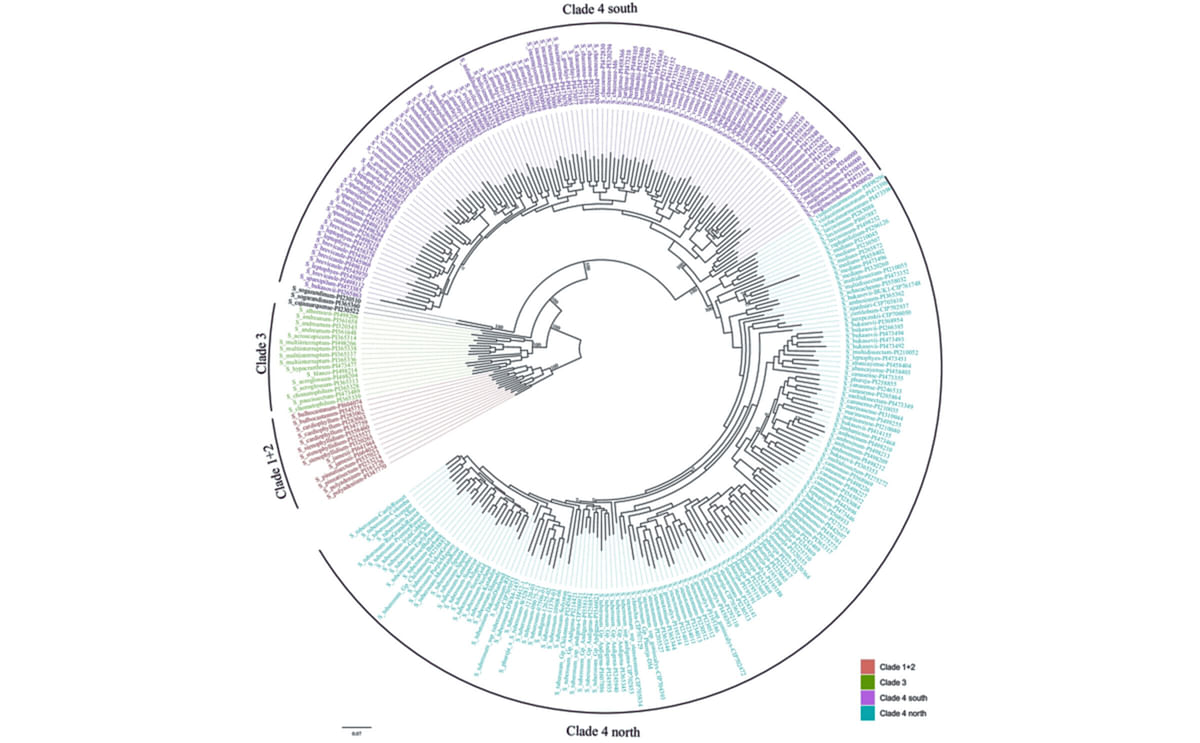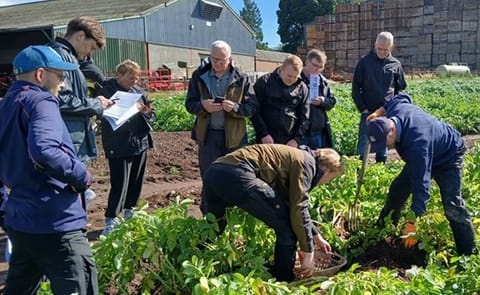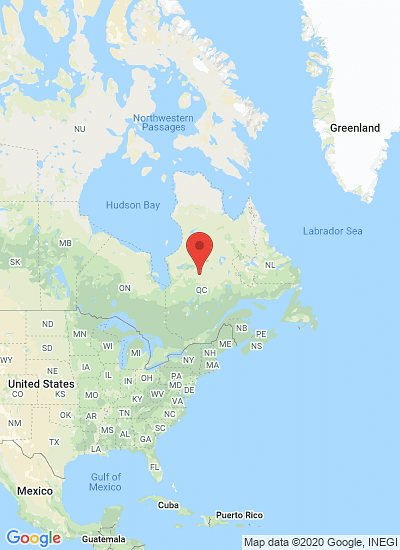McGill University Professor Martina Stromvik and her team have created a potato super pangenome to identify genetic traits that can help produce the next super spud.
Mapping genetic variation of the potato: McGill researchers create super pangenome

Scientists have assembled the genome sequences of nearly 300 varieties of potatoes and its wild relatives to develop more nutritious, disease-free, and weather-proof crop.
As climate change continues to pose severe challenges to ensuring sustainable food supplies around the world, scientists from McGill University are looking for ways to improve the resilience and nutritional quality of potatoes. Professor Martina Stromvik and her team have created a potato super pangenome to identify genetic traits that can help produce the next super spud.
Martina Stromvik, Associate Professor and Department Chair at McGill University:
Imagining a disease-free and drought or frost-proof potato
The potato is a staple food source for many people around the world – and it’s one of the most important food crops globally, after rice and wheat in terms of human consumption. To build the potato pangenome, the researchers used supercomputers to crunch data from public databanks, including gene banks in Canada, the United States, and Peru.
Martina Stromvik:
Martina Stromvik:
As climate change continues to pose severe challenges to ensuring sustainable food supplies around the world, scientists from McGill University are looking for ways to improve the resilience and nutritional quality of potatoes. Professor Martina Stromvik and her team have created a potato super pangenome to identify genetic traits that can help produce the next super spud.
Martina Stromvik, Associate Professor and Department Chair at McGill University:
"Our super pangenome sheds light on the potato’s genetic diversity and what kinds of genetic traits could potentially be bred into our modern-day crop to make it better. It represents 60 species and is the most extensive collection of genome sequence data for the potato and its relatives to date."A genome is an organism’s complete set of genetic instructions known as the DNA sequence, while a pangenome aims to capture the complete genetic diversity within a species, and a super pangenome also includes multiple species.
Imagining a disease-free and drought or frost-proof potato
The potato is a staple food source for many people around the world – and it’s one of the most important food crops globally, after rice and wheat in terms of human consumption. To build the potato pangenome, the researchers used supercomputers to crunch data from public databanks, including gene banks in Canada, the United States, and Peru.
Martina Stromvik:
"Wild potato species can teach us a lot about what genetic traits are critical in adapting to climate change and extreme weather, enhancing nutritional quality, and improving food security."According to the researchers, the pangenome can be used to answer many questions about the evolution of this important crop that was domesticated by Indigenous peoples in the mountains of southern Peru nearly 10,000 years ago. It could also be used to help identify specific genes to create a super spud using traditional breeding or gene editing technology.
Martina Stromvik:
"Scientists hope to develop something that can defend against various forms of diseases and better withstand extreme weather like lots of rain, frost, or a drought."
About this study:
Pangenome analyses reveal impact of transposable elements and ploidy on the evolution of potato speciesby Ilayda Bozan, Sai Reddy Achakkagari, Noelle L. Anglin, David Ellis, Helen H. Tai, and Martina V. Strömvik was published in the Proceedings of the National Academy of Sciences (PNAS).¿Te gustaría recibir noticias como esta por correo electrónico? ¡Únete y suscríbete!
Get the latest potato industry news straight to your WhatsApp. Join the PotatoPro WhatsApp Community!
Empresa Destacada
Contenido Patrocinado
Contenido Patrocinado
Contenido Patrocinado
Contenido Patrocinado







